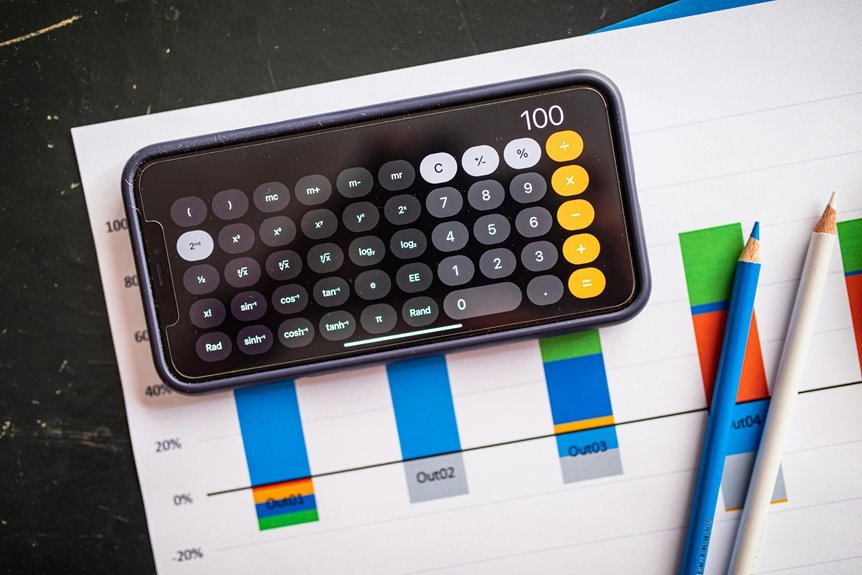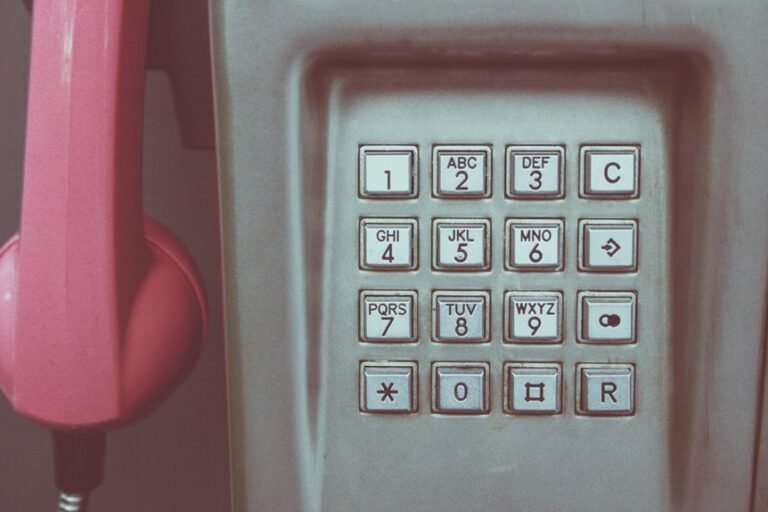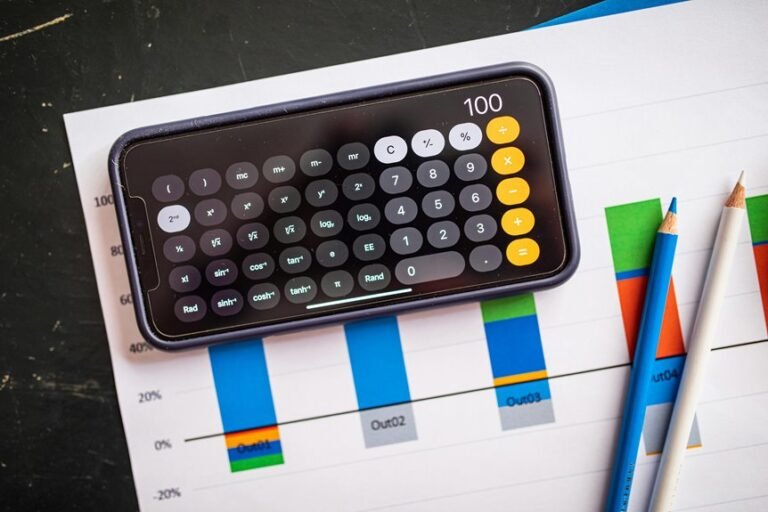Know the Details of 18559220783, 5135384574, 6036897680, 5015022940, 8014388253, 8552765221
The numbers 18559220783, 5135384574, 6036897680, 5015022940, 8014388253, and 8552765221 represent varied aspects of telecommunications. Each number plays a unique role, from facilitating user connections to raising red flags for potential scams. Understanding their specific uses and implications reveals much about contemporary communication trends. Yet, what do these trends suggest about the future of user interactions and safety in telecommunications?
Understanding 18559220783: Purpose and Origin
The phone number 18559220783 serves as a case study for understanding the characteristics and functions of specific numeric identifiers in telecommunications.
Purpose analysis reveals its role in facilitating communication, while origin exploration highlights its assignment within specific geographic and service frameworks.
These elements contribute to a broader comprehension of how such numbers enhance connectivity and serve the diverse needs of users seeking freedom in communication.
Insights on 5135384574: Common Uses and Associations
Exploring the phone number 5135384574 reveals its multifaceted applications and the associations linked to it.
This number is often associated with telemarketing calls, frequently used by businesses to reach potential customers.
However, it has also been reported in various phone scams, raising concerns among recipients.
Awareness of these uses can empower individuals to approach unsolicited calls with caution and discernment.
Exploring the Significance of 6036897680, 5015022940, 8014388253, and 8552765221
While each phone number carries distinct implications, the significance of 6036897680, 5015022940, 8014388253, and 8552765221 can illuminate broader trends in telecommunications.
These numbers, representing varying services and regions, reflect the evolving landscape of consumer communication.
Their use highlights shifts in phone number significance, showcasing the necessity for adaptable telecommunication strategies that cater to a diverse audience seeking freedom in connectivity.
Conclusion
In the intricate tapestry of telecommunications, each number serves as a thread, weaving together distinct narratives of connectivity and caution. The case study of 18559220783 highlights the innovation in user identification, while 5135384574 stands as a cautionary tale against the shadows of telemarketing. Meanwhile, 6036897680, 5015022940, 8014388253, and 8552765221 collectively illustrate the dynamic evolution of communication services, underscoring the necessity for strategies that adapt to the ever-changing landscape of user needs and expectations.






